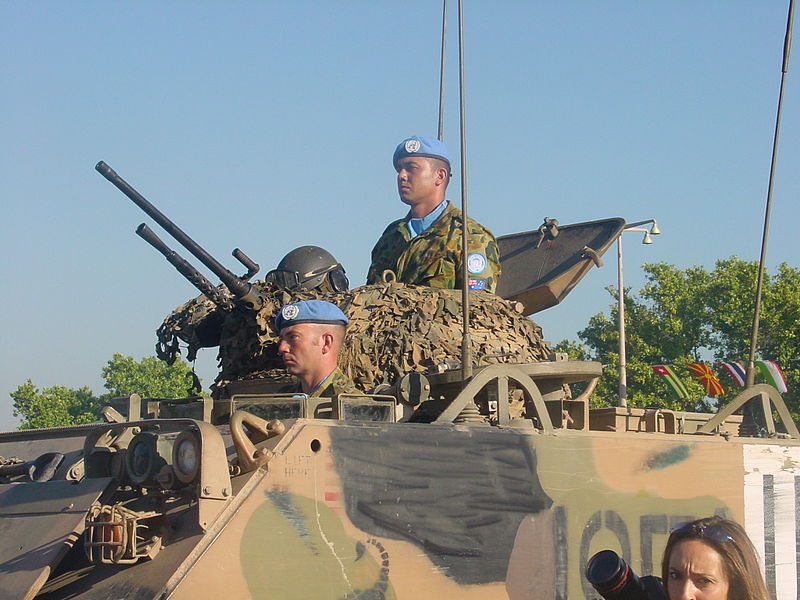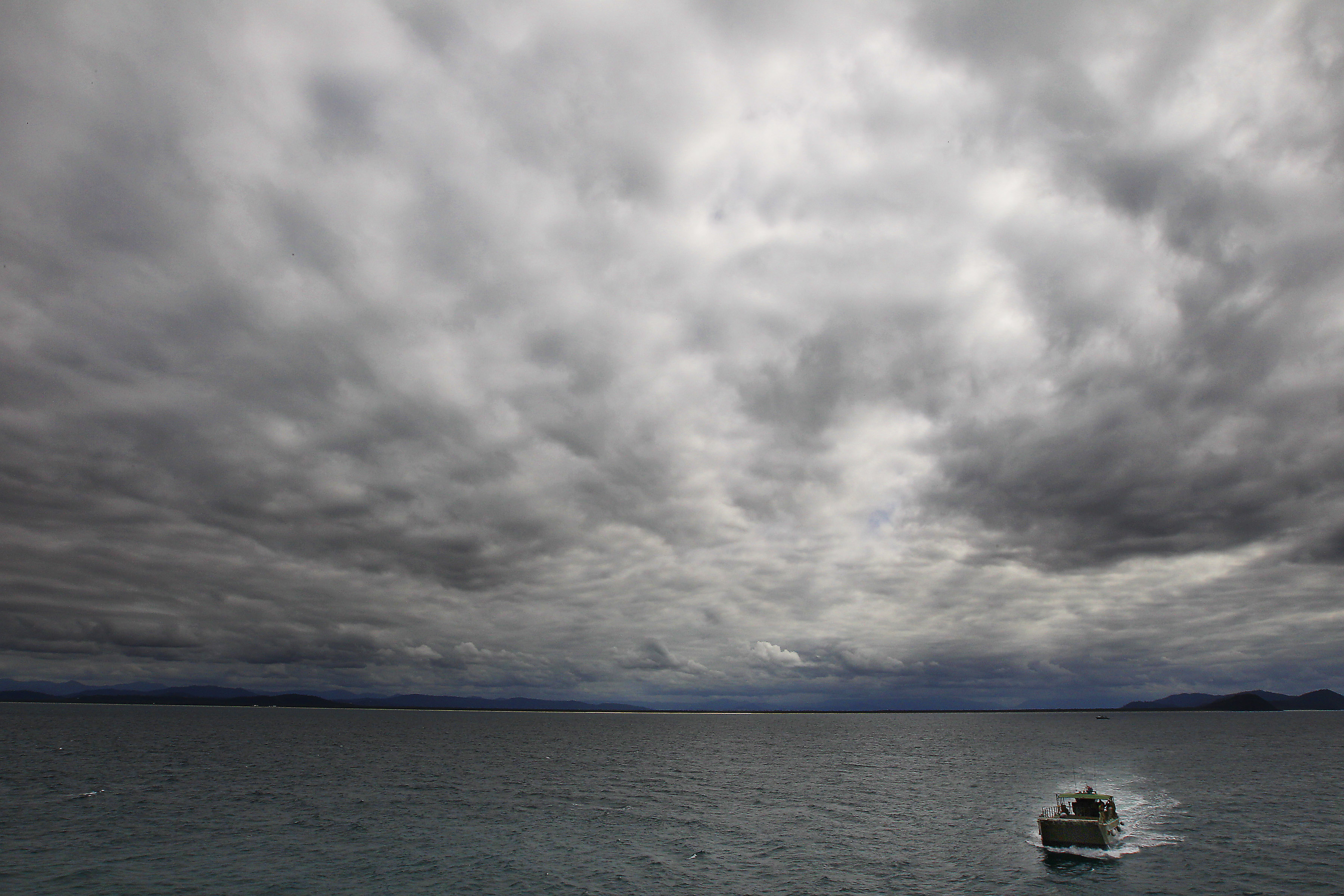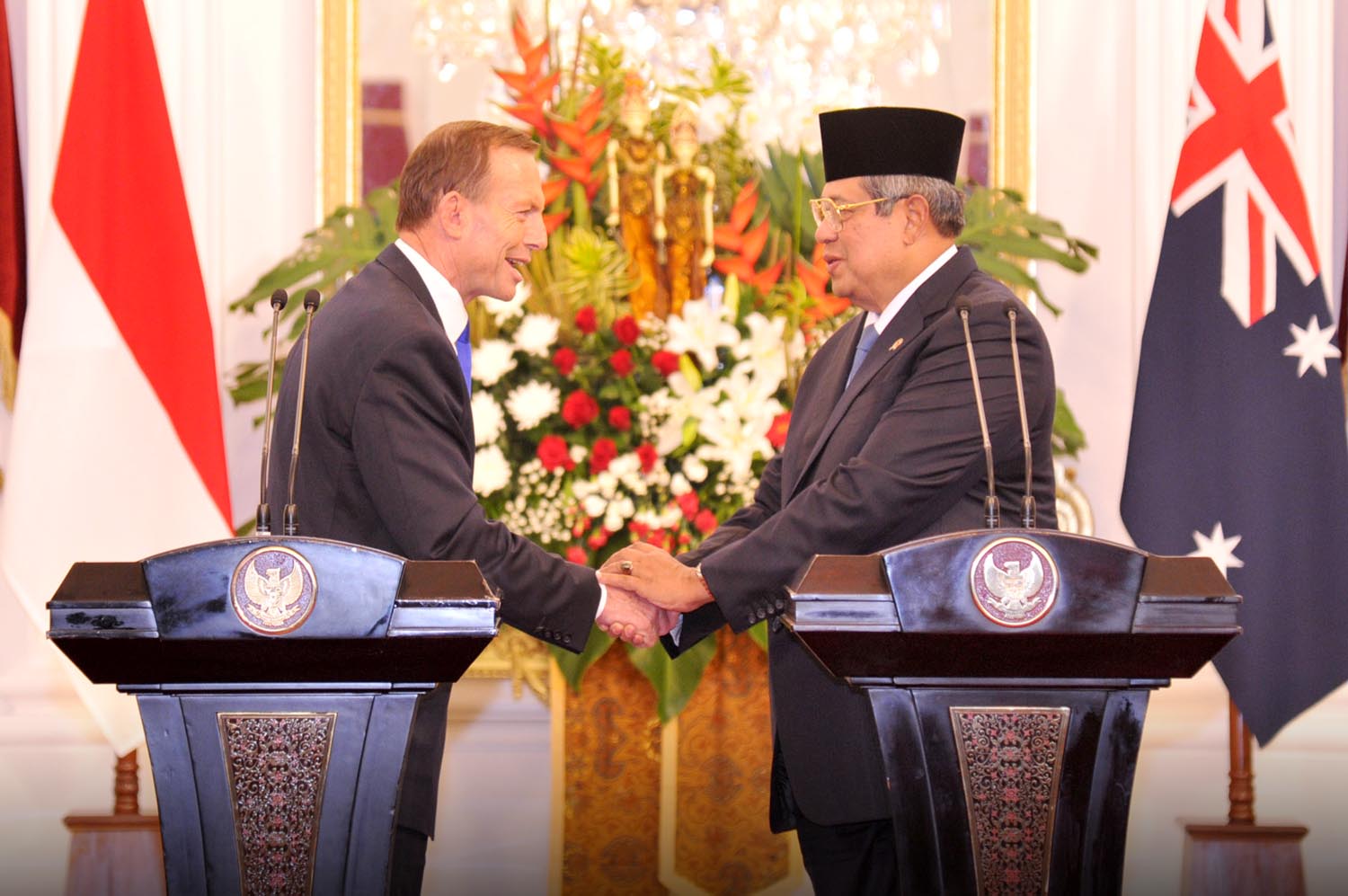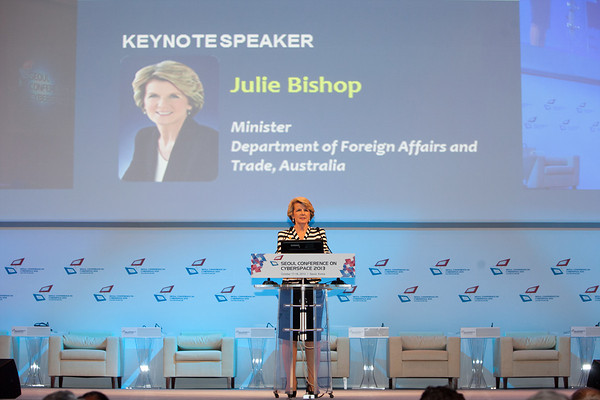ASPI suggests
 Turkey has announced plans to buy a long-range missile defence system (the HQ-9) from China, rather than NATO supplied Patriot missiles. Speculation is that the Chinese company (China Precision Machinery Export-Import Corporation) beat the Lockheed Martin and Raytheon made competition partly because of a significant price undercut: the HQ-9 system is suspected to cost $3 billion. NATO isn’t too happy about the deal; Secretary General Anders Fogh Rasmussen said:
Turkey has announced plans to buy a long-range missile defence system (the HQ-9) from China, rather than NATO supplied Patriot missiles. Speculation is that the Chinese company (China Precision Machinery Export-Import Corporation) beat the Lockheed Martin and Raytheon made competition partly because of a significant price undercut: the HQ-9 system is suspected to cost $3 billion. NATO isn’t too happy about the deal; Secretary General Anders Fogh Rasmussen said:
Our position is very clear. It’s a national decision to decide which equipment to purchase, However, seen from a NATO perspective, it’s of utmost importance that the systems nations plan to acquire can work and operate together with similar systems in other Allied nations.
The Americans aren’t impressed either.
NATO isn’t the only entity to raise objections to arms sales recently—Beijing reportedly asked Korea not to sell FA-50 fighters to the Philippines.
Every time the Korean or Filipino media reported on the FA-50 sale, China reacted sensitively trying to confirm the reports through diplomatic channels,
… a Korean government source said. On the topic of air-combat capability in Asia, here is another a piece on Singapore and the F-35B. Read more







